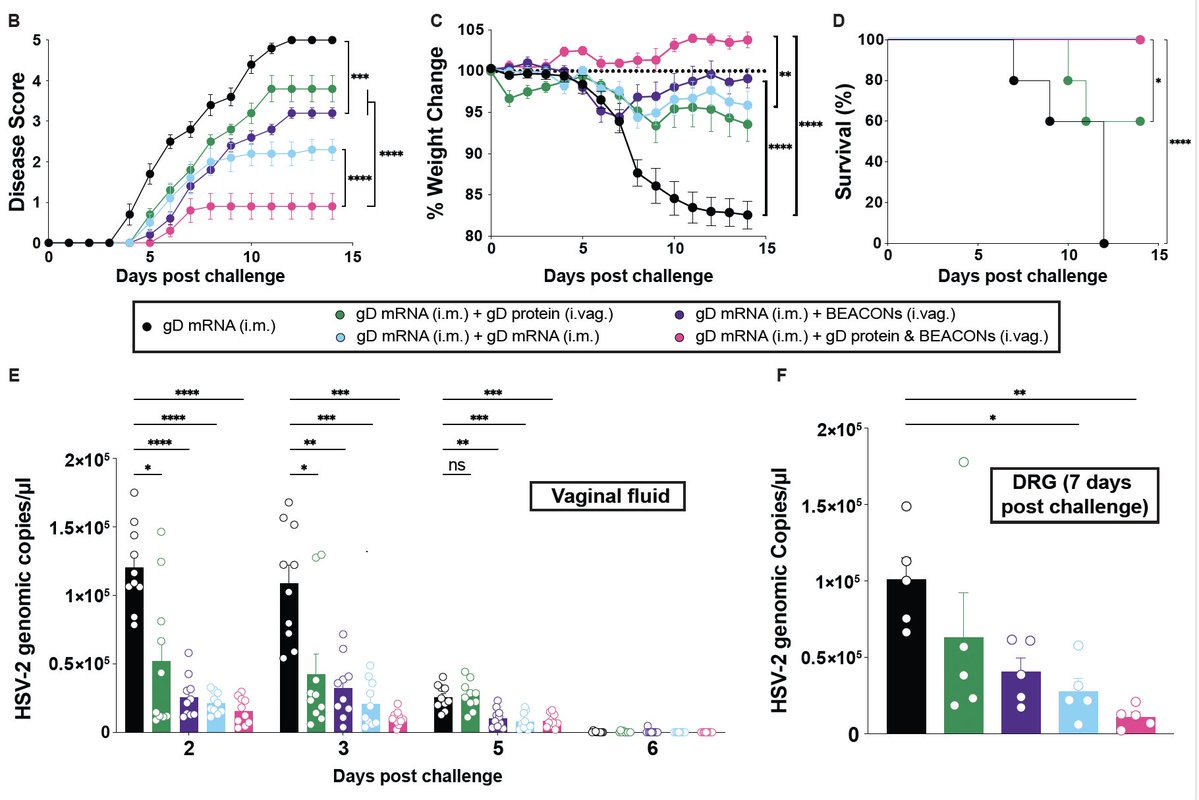A brilliant & timely review by Prof. #DianeEGriffin on the persistence of viral RNA following RNA virus infection - which can be associated with late progressive disease or nonspecific lingering symptoms of post-acute infection syndromes (#PAIS). (1/)
dx.plos.org/10.1371/journa…
dx.plos.org/10.1371/journa…

First question addressed is WHERE viral RNA can persist. After a variety of RNA virus infection, viral RNA can persist not only in immune privileged sites (brain, eyes, and testes), but also in blood, lymphoid tissue, joints, respiratory tract, GI tissues, and kidney. (2/) 

Consequences of persistent viral RNA may include organ-specific as well as nonspecific postviral syndromes such as long COVID, post-Ebola, and post-polio syndromes, characterized by symptoms including fatigue, headache, muscle pain, and joint pain. (3/)
WHAT is the nature of persistent viral RNA? After all, naked viral RNA would be quickly degraded by host RNases. Persistent RNA may be in the form of;
1) Persistent infectious virus
2) Full-length viral RNA
3) Degraded viral RNA
Evidence for 1) and 2) are discussed. (4/)
1) Persistent infectious virus
2) Full-length viral RNA
3) Degraded viral RNA
Evidence for 1) and 2) are discussed. (4/)
Protection of viral RNA may be mediated by ribonucleocapsid (for negative-strand viruses) or association with membranous structures (for positive-strand viruses). More studies are needed to understand HOW vRNA persists. (5/)
frontiersin.org/articles/10.33…
frontiersin.org/articles/10.33…

Viral RNA persistence reflects the ability of infected cells to avoid elimination by immune mechanisms - innate immunity, antibodies and T cells. This explains viral RNA persistence in long-lived cells like neurons. What about persistence in short-lived cells? (6/)
Short-lived cells like epithelial cells commonly permit rapid cell-to-cell transfer of viral nucleocapsids without release of virus from the cell surface that may foster persistence of viral RNA long after infectious virions can be recovered 🤯 (7/)
dx.plos.org/10.1371/journa…
dx.plos.org/10.1371/journa…

Persistent viral RNA can drive chronic innate immune stimulation. If viral RNA is translated, the proteins can also drive chronic adaptive immune stimulation that can lead to prolonged inflammation, as discussed by @jan_choutka @mhornig et al. (8/)
nature.com/articles/s4159…
nature.com/articles/s4159…

Persistence of viral RNA may also be beneficial if it occurs in the lymph nodes. Measles virus infection in NHP led to vRNA persistence, increase in germinal centers B cells and virus-specific TFH and affinity maturation of antiviral antibody. (9/)
insight.jci.org/articles/view/…
insight.jci.org/articles/view/…
Her review ends with these wise words, “Identification of the role of RNA persistence in late disease could be advanced with longitudinal studies that evaluate treatments that suppress RNA replication and examine their effects on RNA persistence and long-term outcomes.” (10/)
Reflection: persistent viral RNA has been seen post-COVID and after other viral infections. Targeting and getting rid of such RNA may hold key to the treatment of #longCOVID and #MECFS patients who suffer from this pathogenesis. (End) 

• • •
Missing some Tweet in this thread? You can try to
force a refresh












